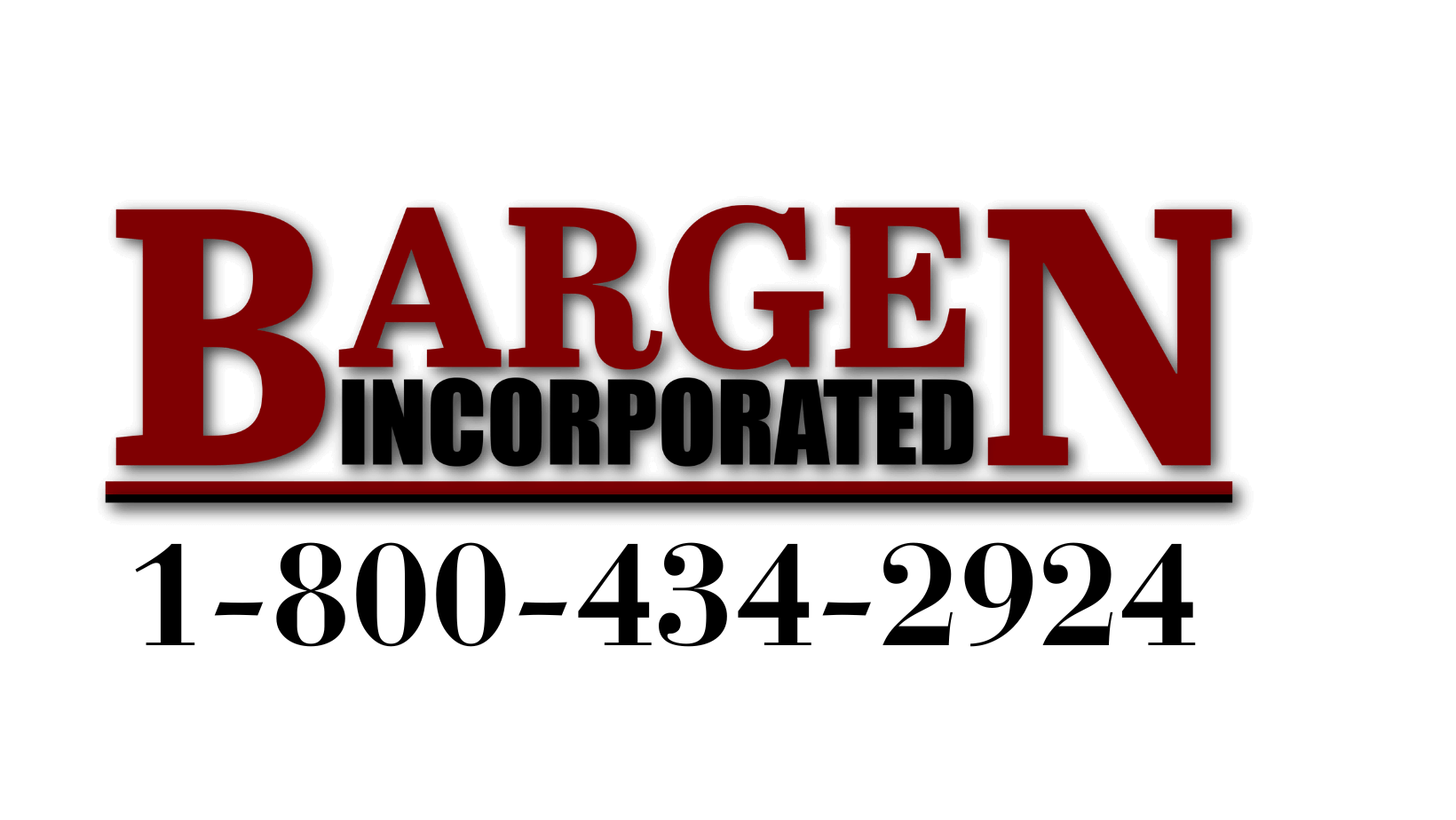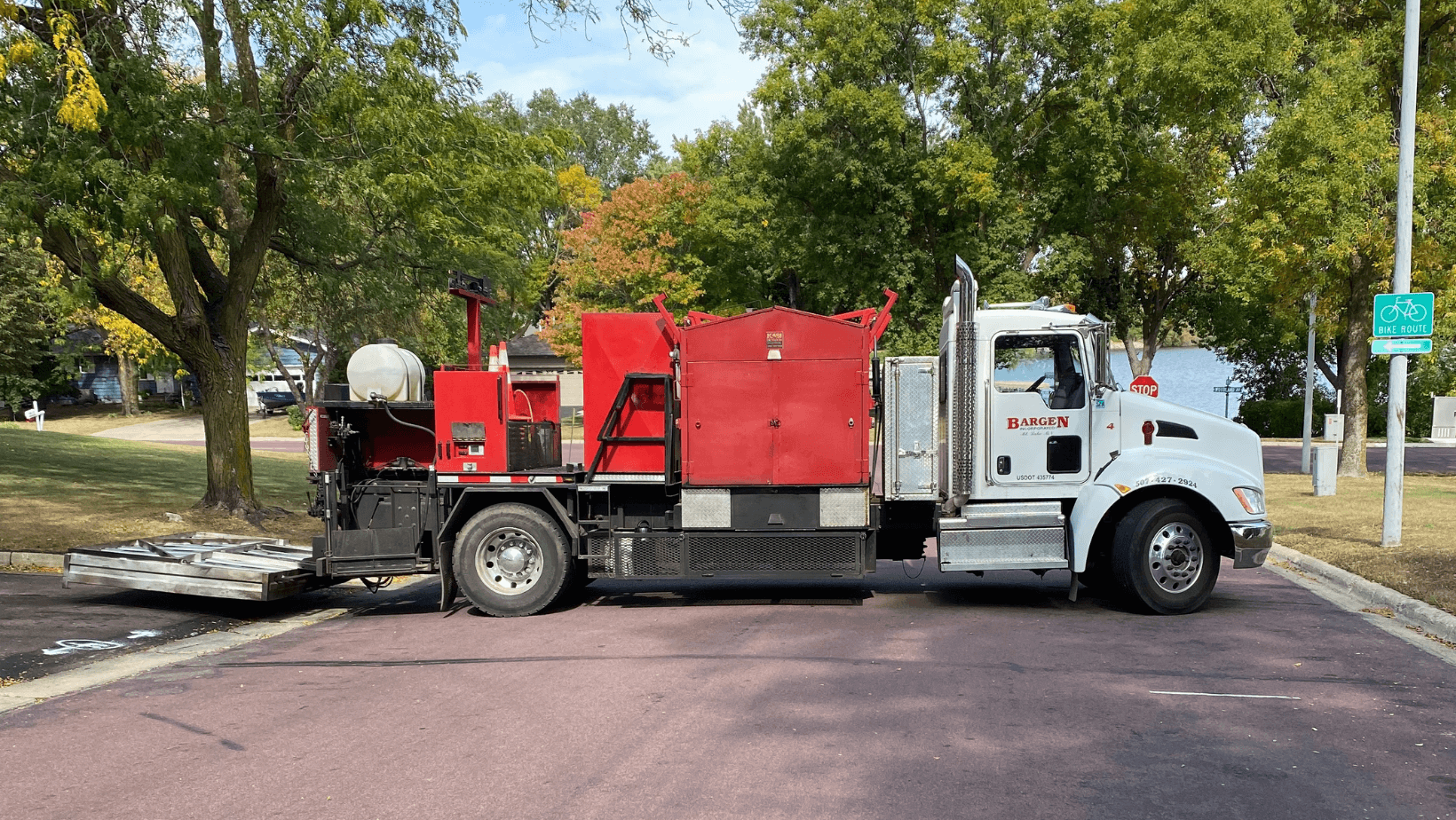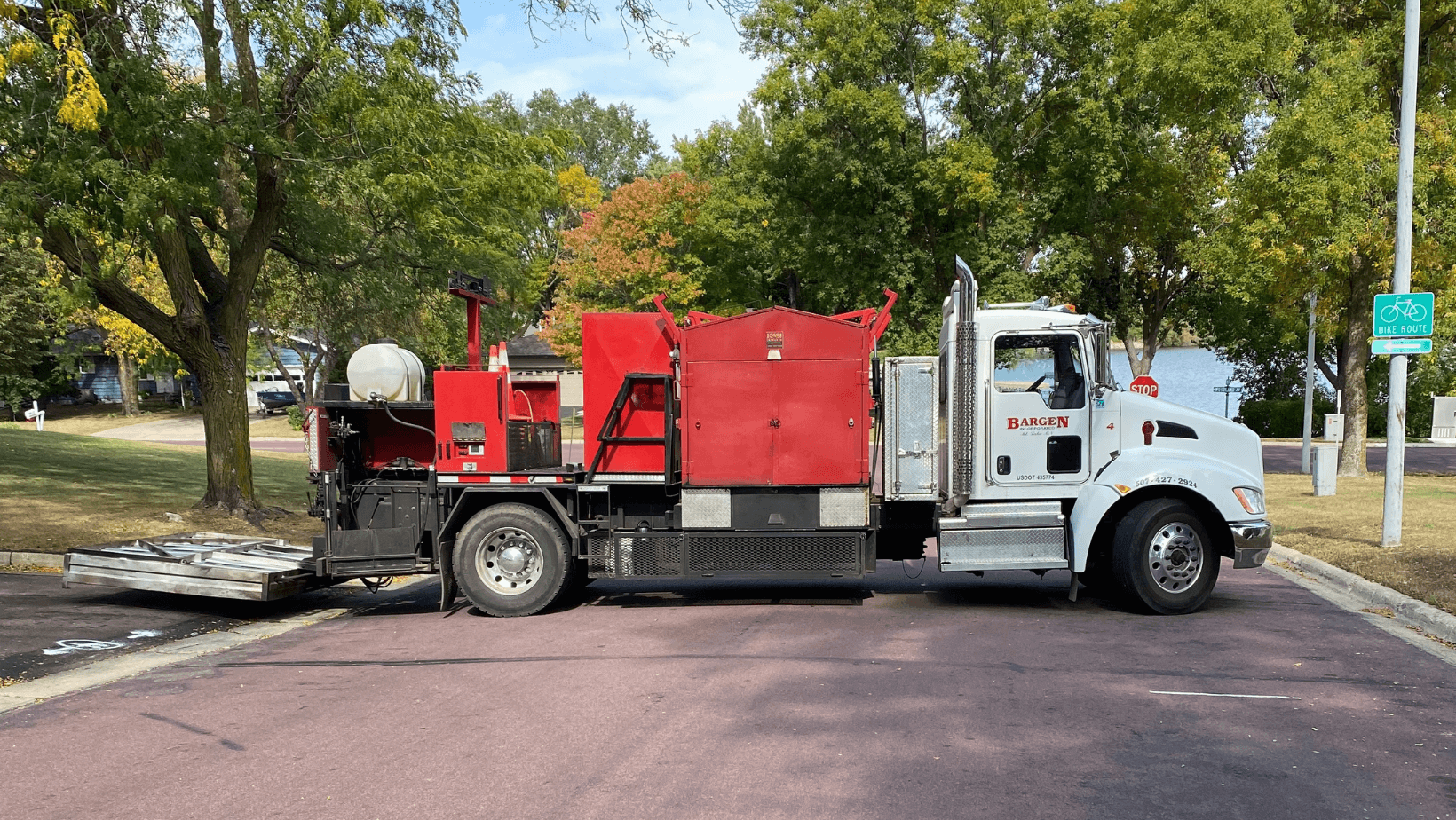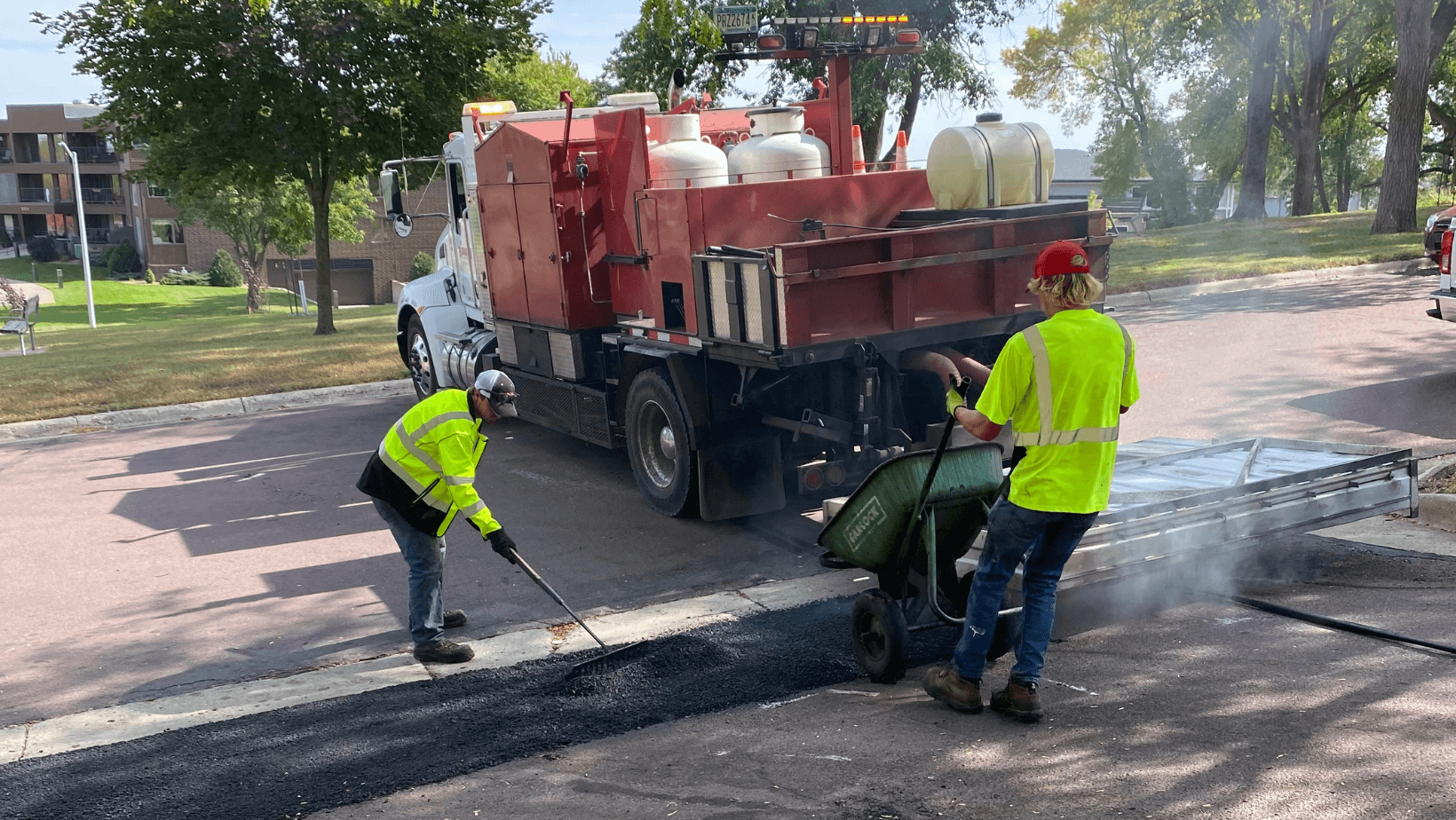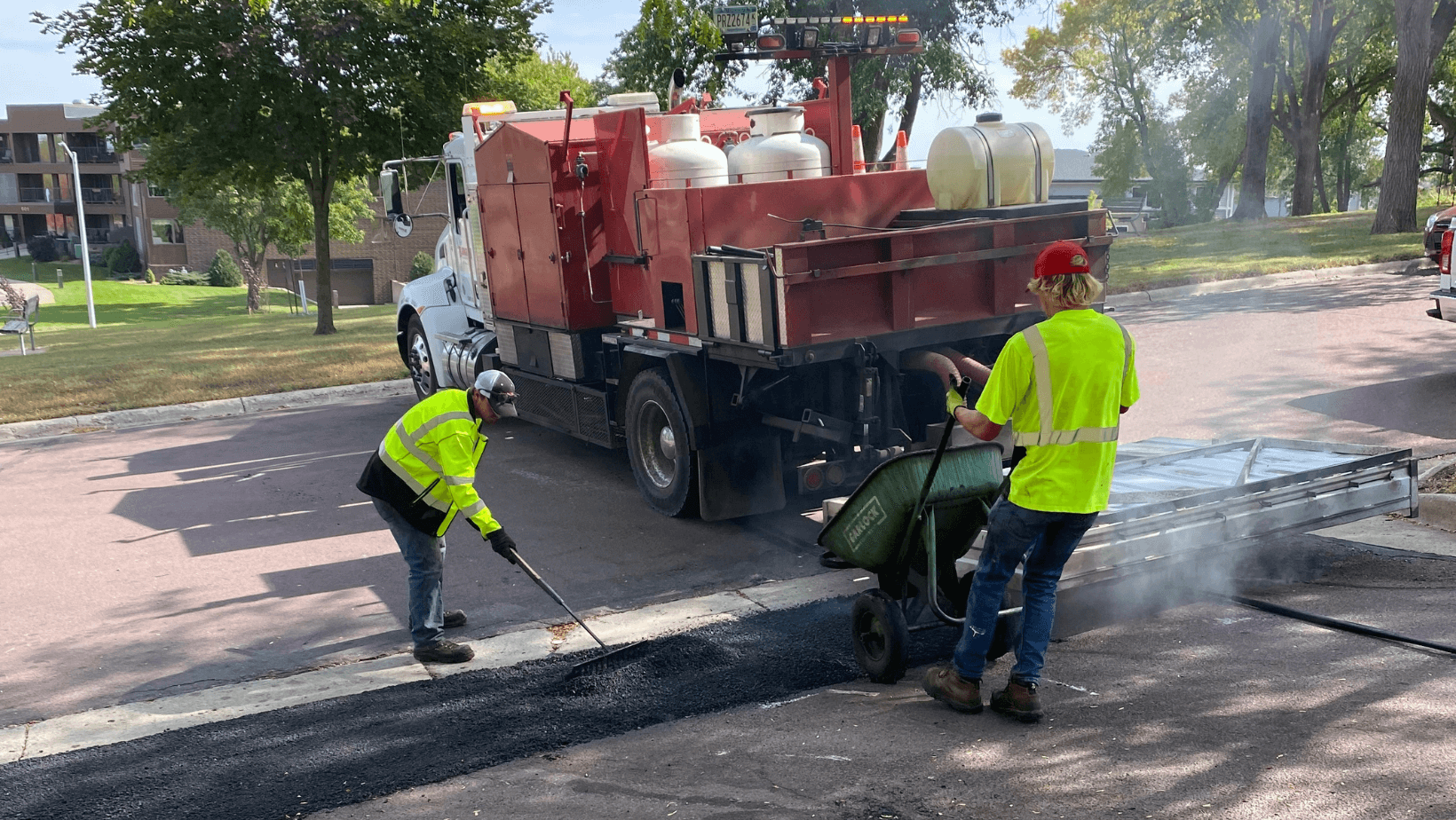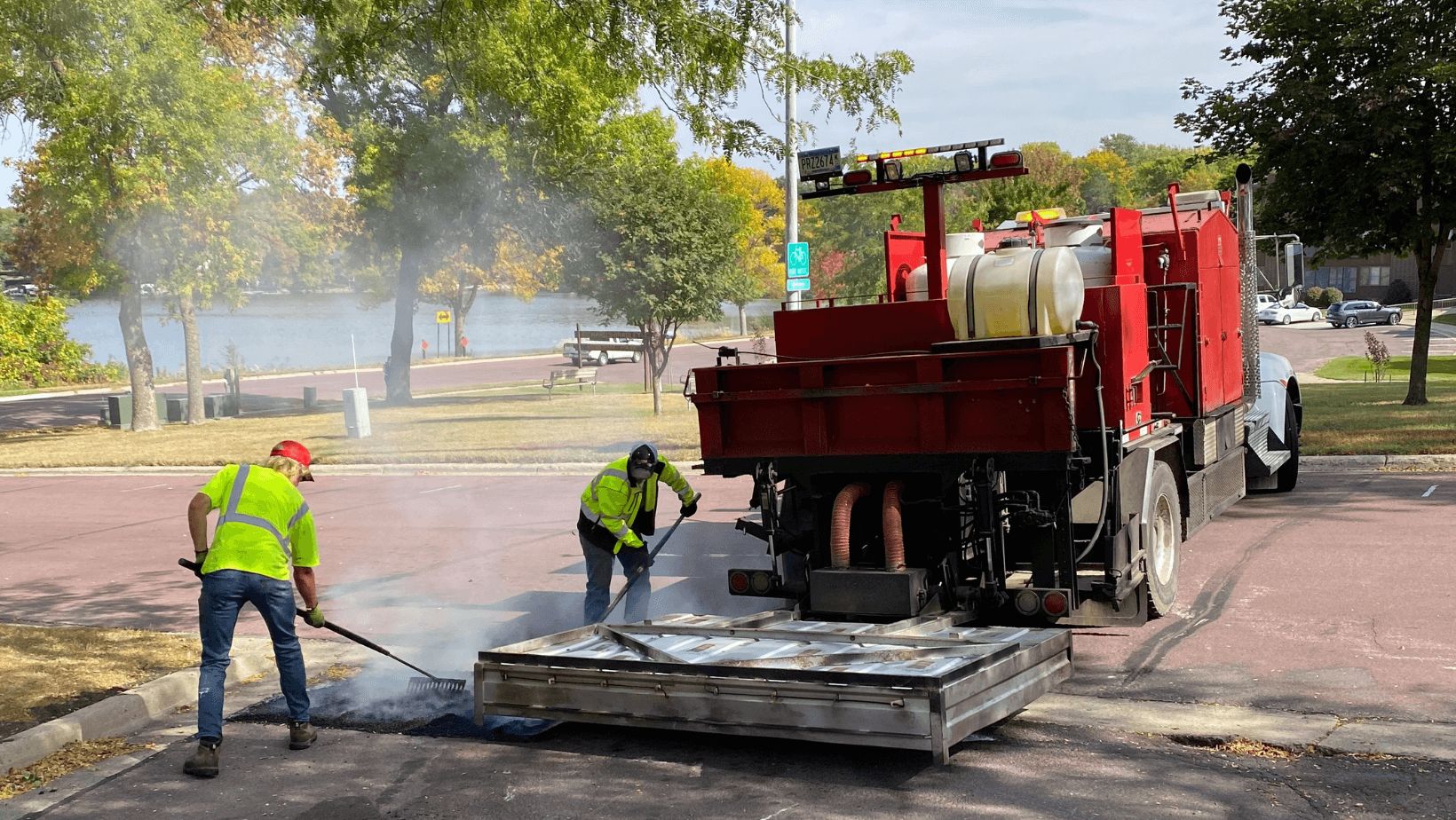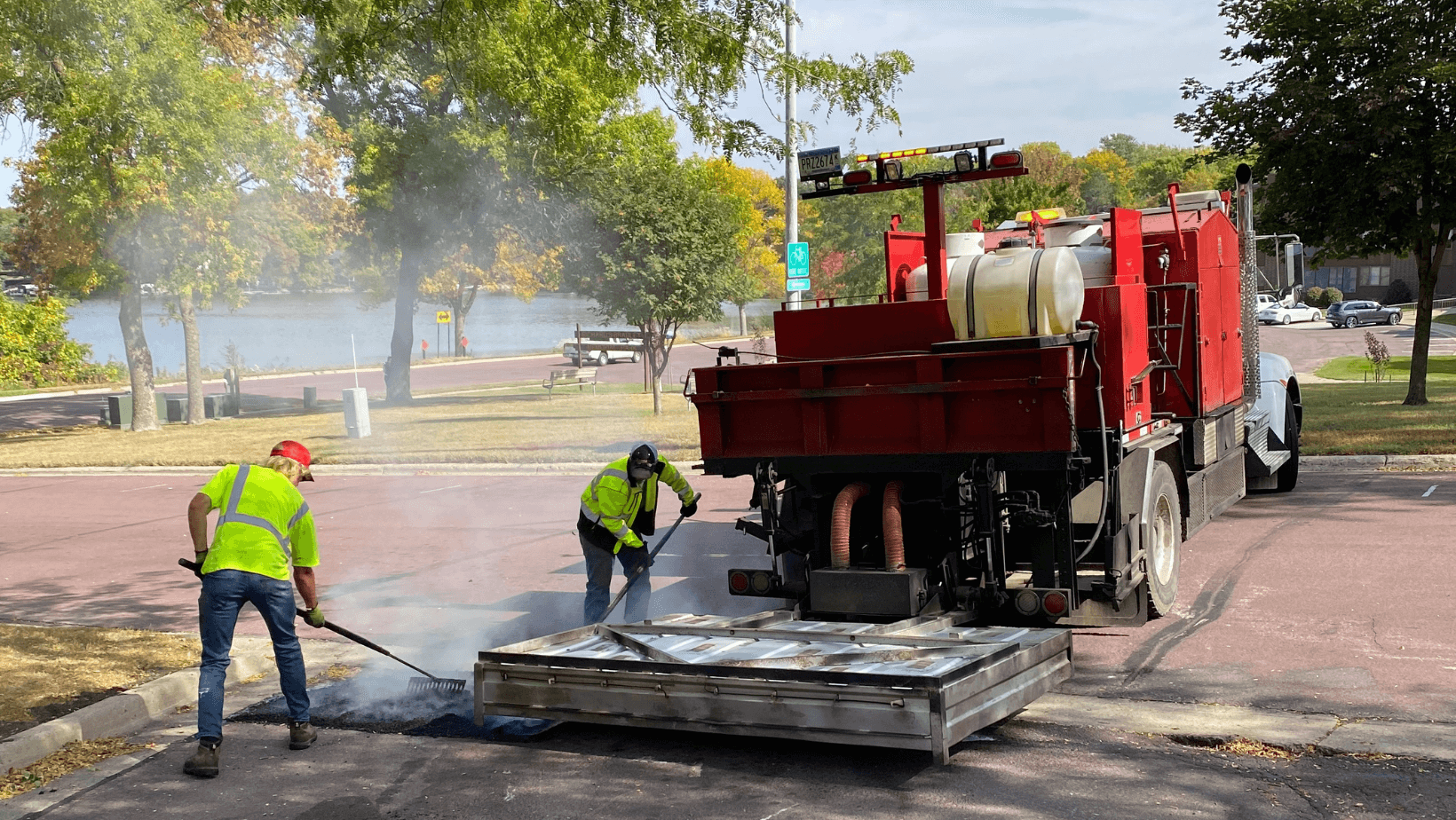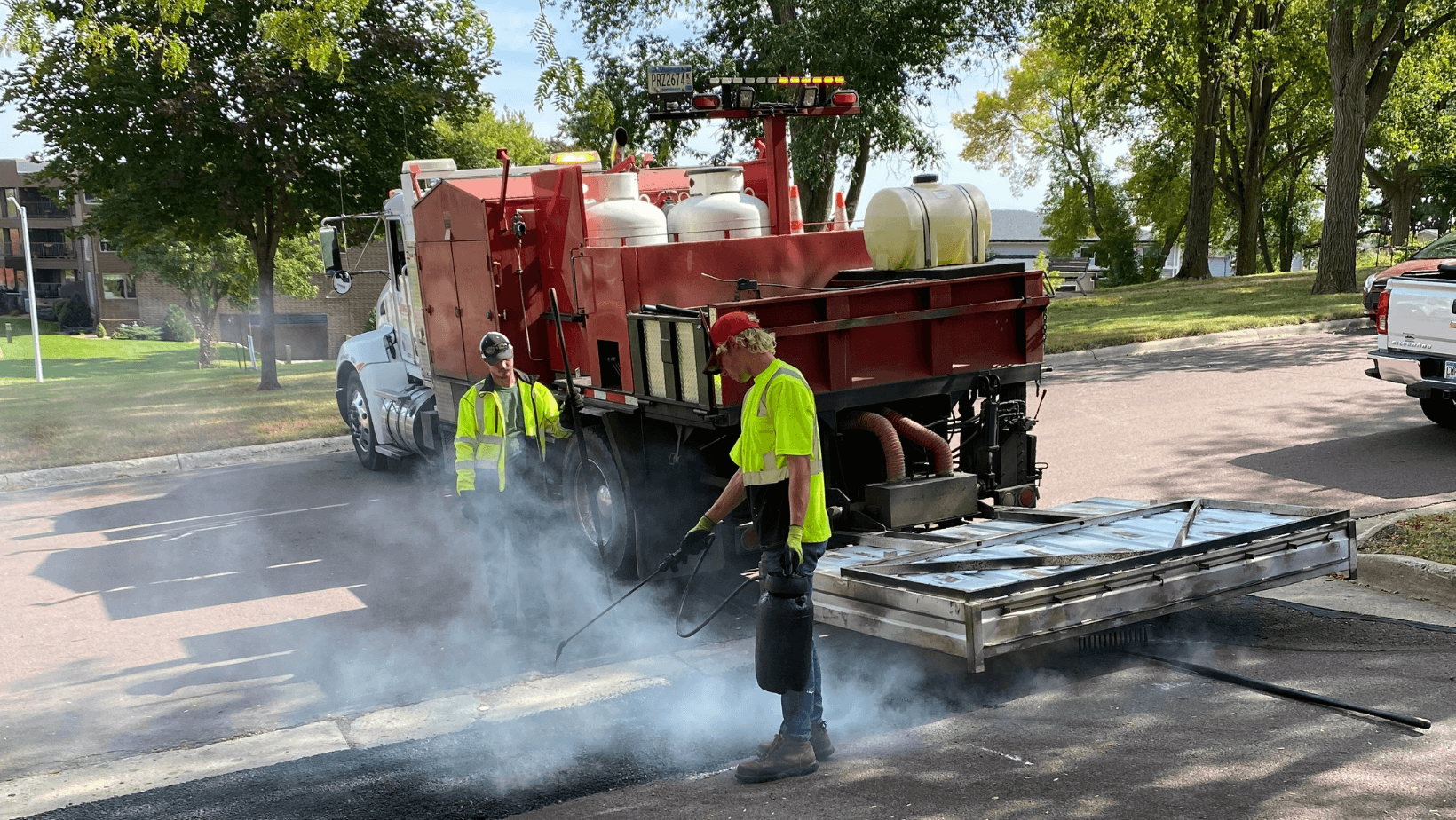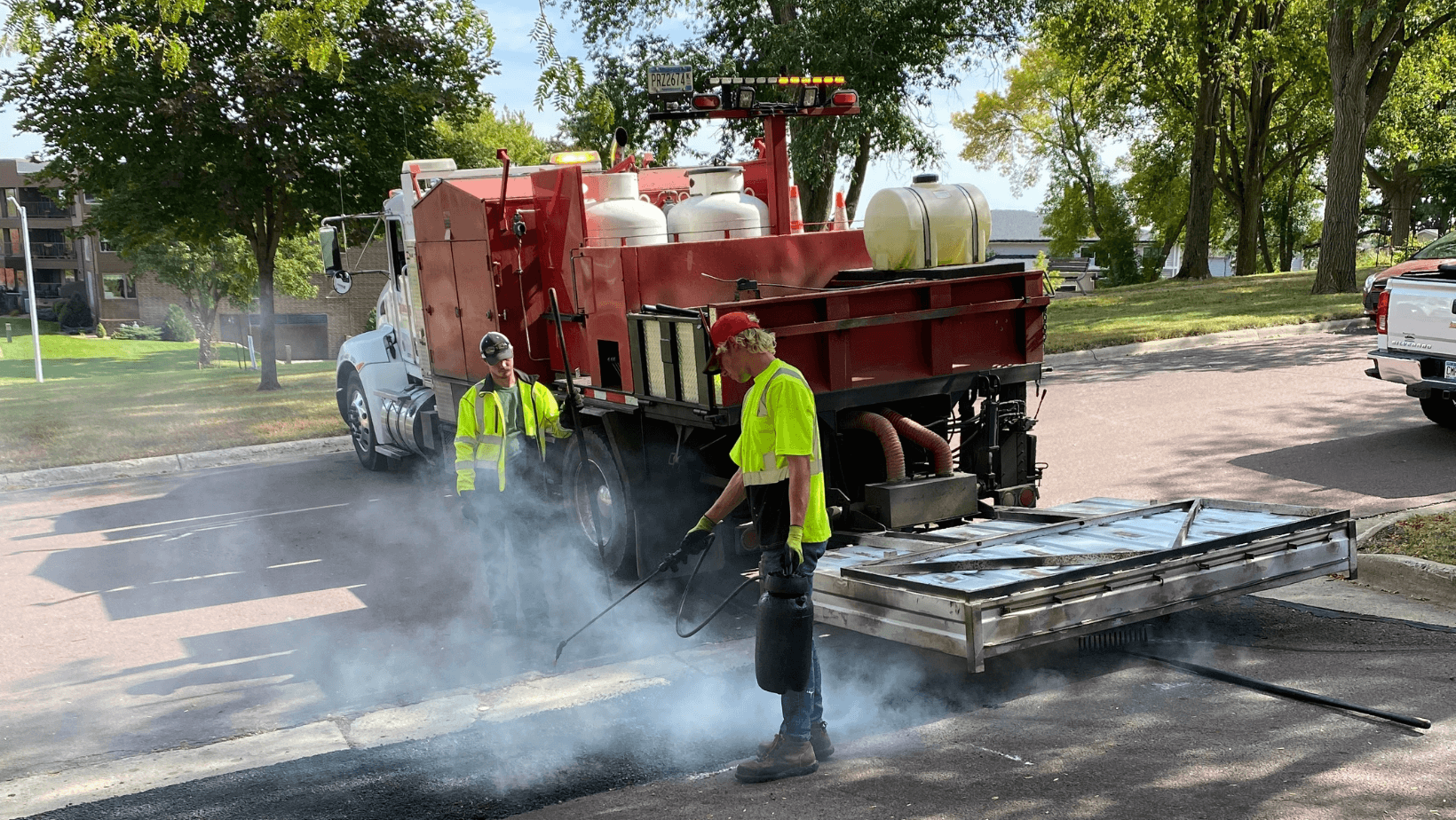Infrared Pavement Patching
Seamless, Durable Asphalt Repairs
Infrared pavement patching blends new blacktop with infrared-heated existing asphalt to create a seamless, joint-free repair. This innovative method ensures a durable, long-lasting fix for potholes and cracks, restoring the integrity and appearance of your pavement efficiently and effectively.

Seamless, Joint-Free Repairs

Blends New and Existing Asphalt

Heats Existing Asphalt to 2-inch Depth

No Oxidation or Burning

Quick Completion Time
(Approximately 15 Minutes)
(Approximately 15 Minutes)
Experience the Benefits of Infrared Patching
Ensure the longevity and integrity of your pavement with our advanced infrared thermal bond patching services. Our expert team delivers seamless, joint-free repairs that blend new and existing asphalt for a durable and aesthetically pleasing finish. Don't let potholes and cracks compromise your pavement. Contact us today to schedule a consultation and see how our innovative infrared patching can make a difference.
Copyright Bargen Incorporated
Privacy Policy | Terms of Use | 1-800-434-2924
